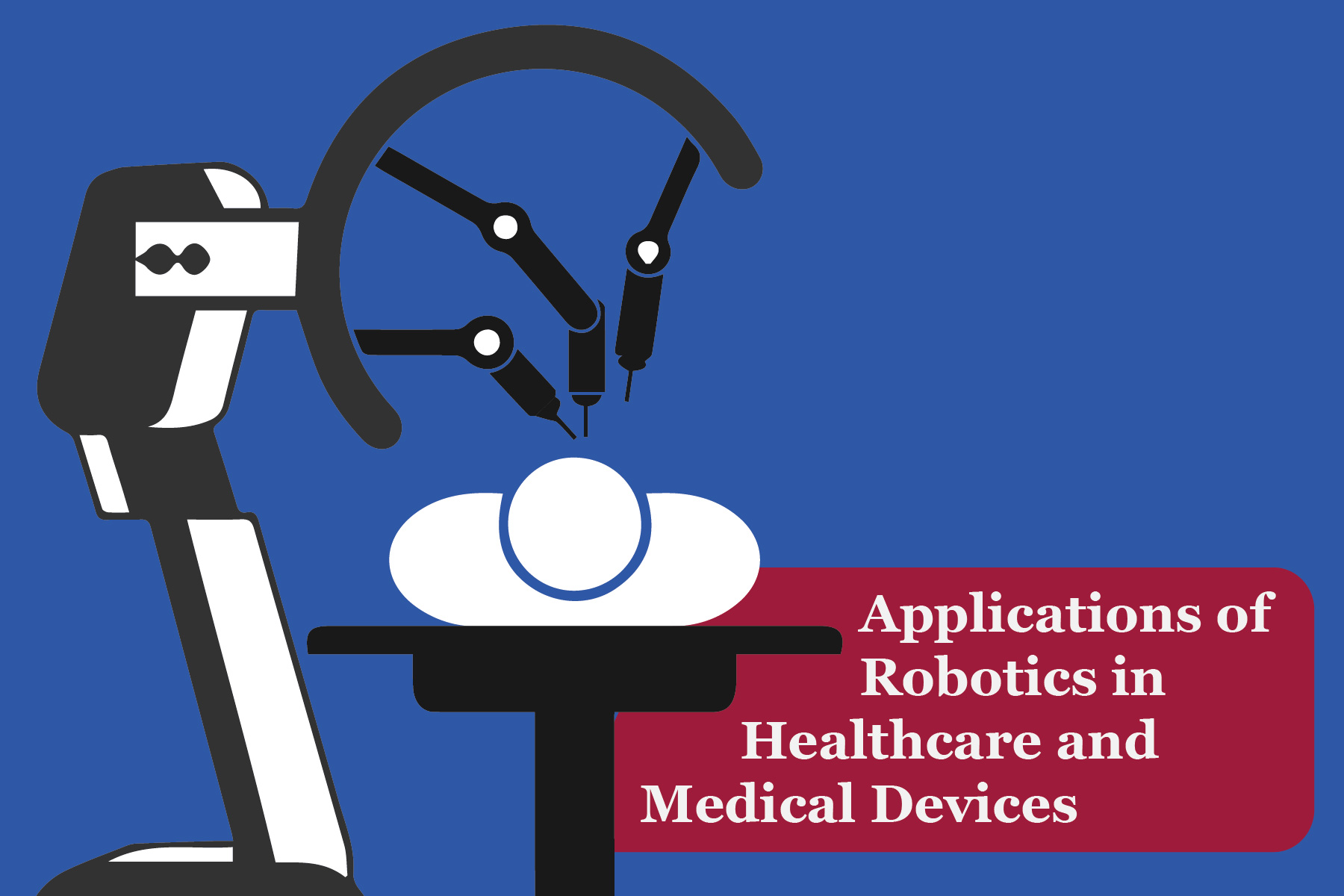The platform of Robotics facilitates automation in any industry. It uses various streams of Engineering including Computer Science, Electrical, and Mechanical, and is primarily used to build intelligent machines where human safety is of major concern. Generally, the major components include a brain or the main controller, sensors that provide the surrounding data to the brain, and the assembly or the body of the robot which may include motors, arms, or axles. The controller is coded along with sensors, and together, they facilitate movements based on the commands from the user. With time, the field of robotics is proving to be more useful in the health industry, and when implemented in medical devices, it should be of utmost importance that these robotic medical devices meet the required FDA quality and safety regulatory guidelines.
Out of the many robotic systems, one of the key robotic types is the robotically-assisted surgical device (RASD) or surgical robots. They are designed to assist medical professionals in surgeries for purposes such as minimally invasive surgeries or enhancement of visuals for reaching confined body locations. With platforms such as wireless technology and 5G networks, doctors can perform surgeries from a remote location on patients using RASDs. An example of RASD is TransEnterix Surgical Inc’s Senhance System which facilitates minimally invasive surgeries. Hospital robots are another key robotic type where they provide functionalities such as patient monitoring, transportation of hospital resources such as medicines, and assist in patient communication. An example of a Hospital Robot is the IRobot’s RP-VITA system which allows doctors to visit patients and consult them remotely. Both the mentioned robotic systems are approved through the FDA’s 510(k) notification.1
Additionally, there are Exoskeletons and Care robots. Exoskeletons are robots that are utilized in recoveries, and sometimes in surgeries. Care Robots provide support to elderly or disabled patients, assist healthcare personnel in their activities, and can also be used as therapy robots. An example of an Exoskeleton is the Cyberdyne’s Hybrid Assistive Limb (HAL) which is the first FDA-approved robot that detects bioelectrical signals from brain-based sensors attached to muscles and stimulates movements in artificial limbs. AIST’s Paro, a cute baby harp seal Care robot is an emotionally responsive pet-bot that is built for therapy and was certified as a neurological therapeutic device by the FDA.2
As observed, these smart robotic devices are increasing the quality of health services, but a vital factor to consider is that these devices are hosted live in an environment where patient care is of the highest priority. In such cases, manufacturers should ensure that their robots have been sufficiently tested and mitigate all potential risks. What this means is that the software and the hardware utilized for building the system should be appropriately documented and tested to reach the highest levels of safety, security, efficiency, and quality. Indeed, based on the class of the device or the risk associated with the system, FDA may ask to conduct clinical trials that provide real-world insight on the intended use validation along with the associated hazards. If the FDA finds that the robotic system meets all required regulatory guidelines, it approves the system for marketing.3
To sum up, Robotics has a huge potential in the healthcare domain and with elements such as fine precision and autonomous monitoring, these smart devices are contributing to the overall quality of healthcare. Surely, these robotic devices may automate healthcare and medical services, but to ensure patient safety, these medical robots should be FDA compliant before they are released in the market for patient use. Do you have a medical robotic device that needs FDA approval? Our regulatory and software experts at EMMA International can help ensure your robotic device is FDA compliant. Contact us at 248-987-4497 or info@emmainternational.com for additional information.
1Global Data, Medical Device Network, (January 2020). What are Main Types of Robots used in Healthcare? Retrieved on 16th November 2020 from https://www.medicaldevice-network.com/comment/what-are-the-main-types-of-robots-used-in-healthcare/.
2jennifer Yang (July 2017). Meet Paro, a furry friend to dementia patients. Retrieved on 17th November 2020 from https://www.thestar.com/news/insight/2015/10/05/meet-paro-a-furry-friend-to-dementia-patients.html.
3FDA (March 2019). Computer-Assisted Surgical System. Retrieved on 16th November 2020 from https://www.fda.gov/medical-devices/surgery-devices/computer-assisted-surgical-systems#3





